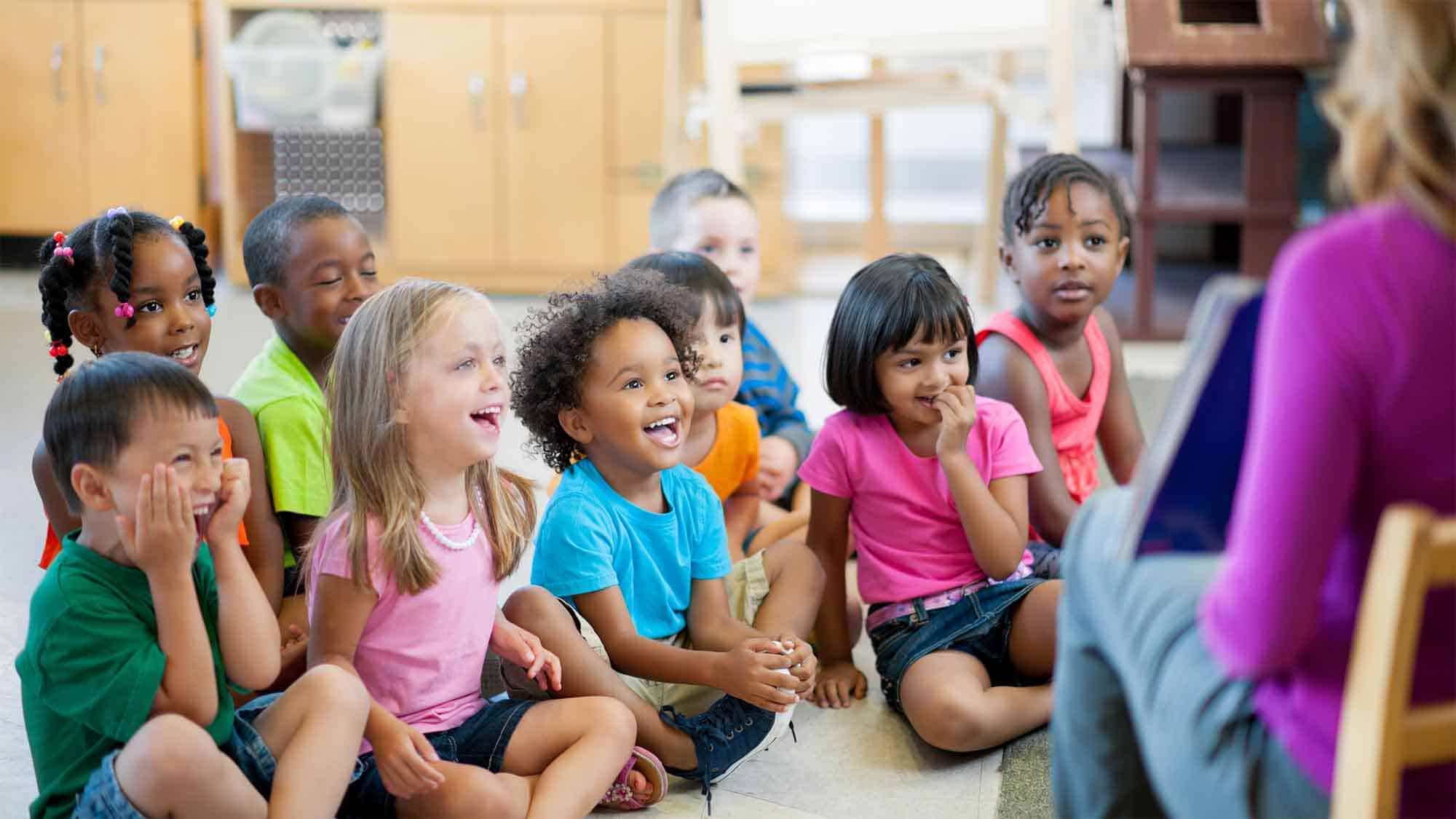No matter who you are, you can understand that the ability to communicate is everything. Moreover, the ability to communicate in more than one language is a valuable asset in today’s interconnected world. But, the benefits of introducing bilingual education continue. Bilingual education, introduced at an early age, not only prepares children for our globalized world, but also significantly boosts their development cognitively, socially, emotionally, and more. In this blog post, we’ll dive into the benefits of introducing bilingual education, and using a second language in your child’s everyday life. We’ll also show how we incorporate multilingual education into the curriculum at The Teddy Bear Village.
Cultural Awareness and Tolerance
Exposing a child to multiple languages opens up a young mind to diversity. Early exposure to diverse languages, cultures, and perspectives broadens children’s minds and helps them develop cultural awareness, tolerance, and sensitivity. These skills are very needed for developing into socially responsible and globally aware individuals. Respecting and valuing diversity is an important lifeskill.
Advantages In Cognitive Development
It’s been shown that bilingual education enhances cognitive abilities in young children. Extensive and well-known studies indicate that children who learn a second language develop better problem-solving skills, creativity, and multitasking abilities. These studies also show that bilingual children have stronger problem-solving, critical thinking, and focus. Children who are often exposed to multiple languages can also switch between languages and thought patterns more easily. This is partly due to the mental dexterity required in switching between languages. Doing so strengthens brain function, improves attention, and promotes a healthy memory, now and in the future.
Improved Academic Performance
Children in bilingual education programs often outperform their single-language peers in academic settings. The enhanced cognitive skills gained from learning two (or more!) languages even translate into better performance in subjects like math, reading, writing, and science. It’s also been found that children who are exposed to multiple languages can also focus better, even in noisy environments due to greater brain plasticity, allowing for better cognitive flexibility and adaptation. In total, a bilingual education gives children a strong academic foundation.
Social and Emotional Benefits
Bilingual children often show more confidence and self-esteem. We’ve found that when an English-speaking child at our childcare center grasps a new word in Spanish, their whole mood changes. The ability to communicate in multiple languages can boost a child’s sense of achievement and pride, and it’s a wonderful thing to witness! Furthermore, bilingual education encourages and promotes communication, helping children develop strong social skills and friendships. Lastly, it’s been studied to show that children who engage in bilingual education have greater self-control, creativity, flexibility, and open-mindedness, which all contribute to enhanced social and emotional skills.
Language Proficiency
This might sound like an obvious one, but stay with us! Young children have a natural ability to pick up languages more quickly and with greater ease than older learners (you may have heard the comparison that a child’s brain is like a sponge!). Learning a new language or two improves your proficiency to learn not just the language or languages you’re studying, but also other languages down the line. Your child may be able to better pick up on cultural and linguistic similarities between cultures or more easily pick up a new language in the future.
Future Opportunities
A successful future is what we want for our kids. In a world where bilingualism is increasingly valued, children who receive bilingual education have a competitive edge in the job market against those who do not. Children who are exposed to multiple languages are better prepared for future educational opportunities and career paths that require multilingual skills, opening doors to a wider range of possibilities.
The Teddy Bear Village Boasts Multilingual Education
At The Teddy Bear Village, bilingual learning is woven into every part of the day. From morning circle time to playtime and beyond, we incorporate English, Spanish, and even Portuguese into our infant, toddler, preschool, and pre-k programs. For example, as our classes line up to head outside to the brand-new playground at TBV, our teachers point to the door and say, “Salida. This is the exit.” The children often repeat — “Salida.” These natural exchanges happen every day, making language learning effortless and fun.
Bilingual Education Boosts Your Child’s Development
Bilingual education is more than just learning another language; it’s an investment in your child’s future. By fostering cognitive, academic, and social growth, bilingual education equips children with the tools they need to succeed in a diverse and ever-changing world. They can also learn softer lifeskills like cultural awareness and open-mindedness, creativity, flexibility, focus, and more. The benefits of bilingual early childhood education go on and on. If you are interested in enrolling your child in TBV’s bilingual childcare center in Framingham, please click here.


